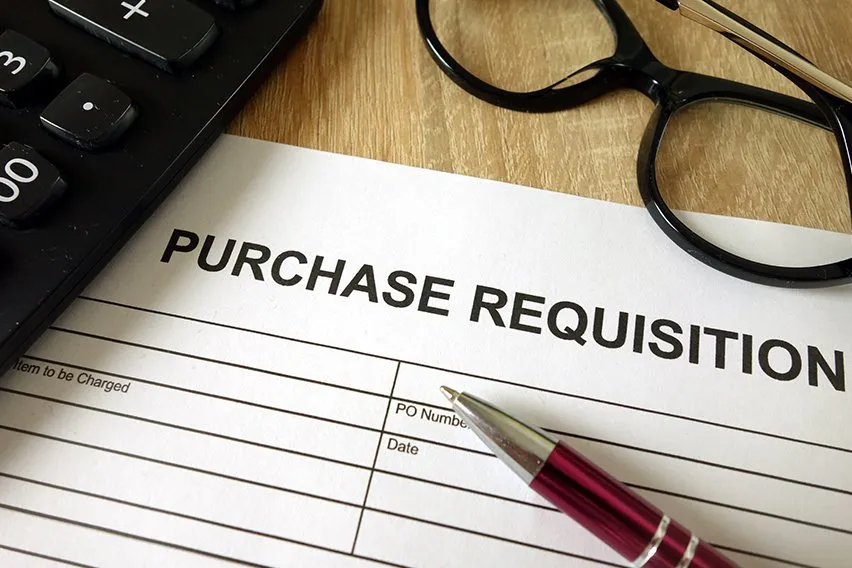What Is a Control Account?

If you’re doing the accounting for your own small business, you’ll have to learn some of the terms. One such term is control account. In this article we’re going to discuss what control accounts are, and why you may need to be using them!
Here’s What We’ll Cover:
Definition of a Control Account
Advantages and Disadvantages of Using Control Accounts
An Example of a Control Account
Definition of a Control Account
The term control account refers to any summary account in the general ledger. There are other names for control accounts, like adjustment account or controlling account. Control account details are found in their corresponding subsidiary ledgers.
Control accounts are meant to keep a company’s general ledger clean of details. They still need to have the correct financial information needed to prepare the company’s financial statements. Control accounts are clean entries that match overall amounts in more detailed ledgers.

What Are the Subsidiary Ledgers For?
The subsidiary ledgers are where all the details are located. This allows all of the control accounts to be looked at in further detail. Individual transactions will appear in both accounts. However, the only detail present in the control account is the ending balance. The following details would appear in the subsidiary ledger:
- Where the money came from
- Who paid the money
- The date it was paid
- Actual cost of the goods or service
What are Control Accounts Used For?
Most commonly, control accounts are used for two areas within a company. They are used for accounts payable and accounts receivable. These two accounts tend to have numerous transactions in each. Rather than clutter up the general ledger and financial statements with all of the details, they are kept in a control account.
When comparing the control accounts and subsidiary accounts, both ending balances should match. If the control account balance doesn’t match the subsidiary ledger, a mistake in calculations may have been made.
Advantages and Disadvantages of Using Control Accounts
When considering this accounting technique, there are distinct advantages and disadvantages involved. Take a look at some of the reasons to use, and not to use, a control account.
Advantages of Using a Control Account
There are a handful of reasons to use control accounts in accounting. The first reason is error identification. When reviewing the control ledgers, it’s easy to identify errors that exist in subsidiary ledgers. Because the control account only reviews the end balance, there is less risk of miscalculation. If your accounts don’t match, it’s likely that the subsidiary ledger has the error. This can happen easily in things like the accounts receivable subsidiary ledger.
In addition to catching errors, control accounts can also help you review the general ledger. A trial balance can be removed from the general ledger. When specific control accounts do not balance, you know that they need to be checked. It is a preventative measure as well as a catch-all.
Another distinct advantage of having a control ledger is the ability to prevent fraud. The subsidiary accounts can be managed by one person, while the control is managed by another. This means that no one can manipulate the ledgers. This is an excellent security measure.

Disadvantages of Control Accounts
Control accounts are great, but they have one main disadvantage. They produce another account that has to be reviewed. While they may provide complete control, they also require more labor. The people who would monitor these accounts are called control account managers. They monitor all control account activities. While this may seem small, it is still a task that has to be taken on. You don’t want the person in control of your general accounts in control of the control accounts, as well.
An Example of a Control Account
When monitoring your business’s general ledger, you may have an accounts receivable control account. The control account will only show you the accounts receivable balance after all calculations have been done. It will include end amounts for things like total credit sales, collections from customers, and the total amount still owed.
For more details regarding each of these subjects, you’ll have your subsidiary ledger. Here you’ll find specific details like how much a customer still owes, or when purchases were made. The resulting ended balance will still match that of the control, however.
Key Takeaways
Control accounts are a commonly used accounting technique. They help clean up a company’s financial statements, and provide a way to fact-check the ledgers. Great accounting software has many of these features built in, making accounting easier on you. If you found this article to be helpful, be sure to check out our resource hub! There are plenty more articles just like it there.
RELATED ARTICLES

 What Is a Purchase Requisition Form? A Guide
What Is a Purchase Requisition Form? A Guide What Is Net Book Value? Formula & Importance
What Is Net Book Value? Formula & Importance What is Liquidity Coverage Ratio (LCR)?
What is Liquidity Coverage Ratio (LCR)? 8 Best Accounting Books
8 Best Accounting Books What Are Debtors and Creditors? Understanding Their Differences
What Are Debtors and Creditors? Understanding Their Differences What Is Bookkeeping? Definition, Types & Importance
What Is Bookkeeping? Definition, Types & Importance